Medical Imaging DAQ
with ADP7000 Digitizers and DP7000 FPGA processors
- 10-bit ADC up to 10 GHz BW (4X more vertical resolution than 8-bit digitizers and oscilloscopes)
- Low-noise front end
- Down to 170 uV RMS noise at 2 mV/div with 4 GHz bandwidth. 375 uV RMS with 10 GHz.
- System ENOB values in excess of 8-bit
- SFDR values down to –73.5 dBC
- 2 mV/div vertical scaling supported in hardware
- Low intrinsic jitter (50 fs (typical) for excellent jitter characterization)
- Deep 24 Gpts/channel on all four channels simultaneously
- Patented group delay calibration and equalization ensure flat frequency magnitude and phase response with Real-Time FPGA-based processing
- High-speed data transfer to user configurable host computer for signal viewing and to graphics processors (GPU) for fast signal processing
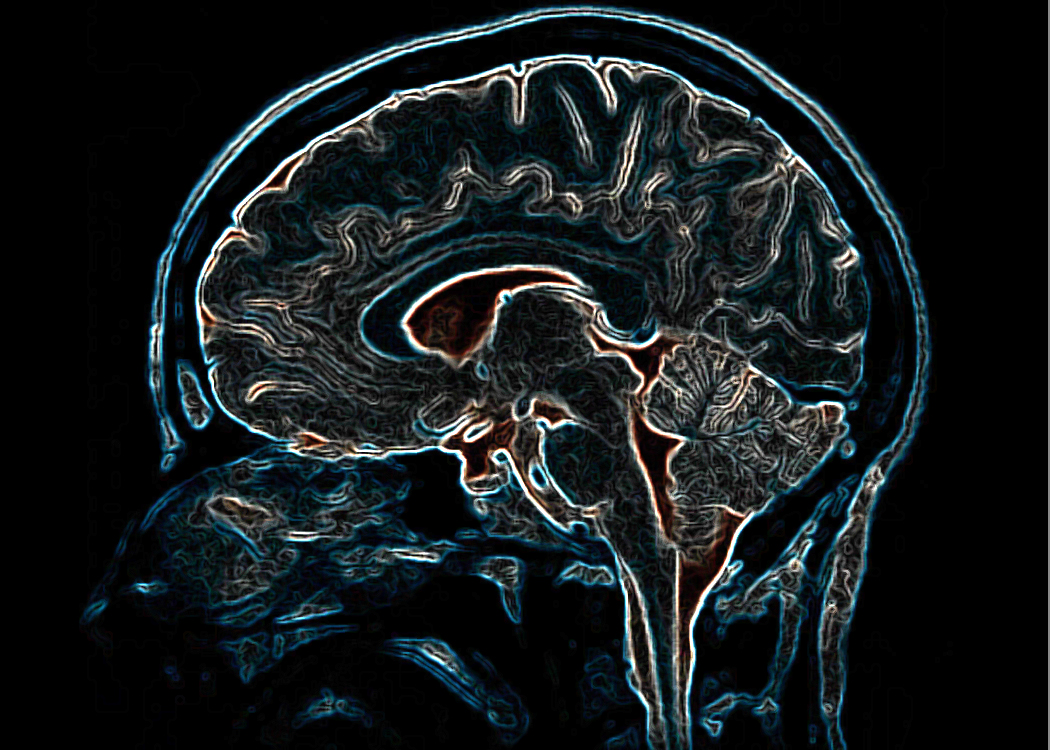
Data Acquisition (DAQ) systems and processing for medical imaging like Optical Coherence Tomography (OCT), Magnetic Resonance Imaging (MRI), Positron Emission Tomography (PET), Ultrasound Imaging (Sonography) and diagnostics applications increasingly demand higher data acquisition bandwidths, to increase imaging resolution and faster computing for result processing.
The AXIe open system modular instrumentation standard based on AdvancedTCA® form factor with it’s computing density and high throughput Optical Data Interfaces (ODI), coupled with modern multi-core PC-s, enables the high imaging data acquisition and processing performance demanded by today’s high resolution vision analysis systems.
Commercial Off-The-Shelf (COTS) systems built on AXIe form-factor have proven wide range of applications from high-speed wireless/wired communications data-acquisition and FPGA processing to high energy physics and military radar systems.
Guzik AXIe ADP7000 Series Modular Digitizer and Digital Processor combine high-speed waveform digitizer with built-in digital signal processing, which both enable mixed-domain signal capture and analysis with high-speed data transfer links to computers. The ADP7000 Modules come in a display-less 2U high 19” AXIe modular form factor.
The waveform digitizer ADP7000 series modules feature 10-bit Keysight Analog to Digital A/D converters with sampling rates up to 2×32 Gsa/s and analog bandwidth DC to 10 GHz with range adjustable front end (-32 dBm to +22 dBm with 1 dB steps). ADP7000 with up to 128 GBytes of acquisition memory, delivers the longest waveform capture time window available in a high bandwidth analog to digital converter instrument.
ADP7000 features an FPGA-based reconfigurable digital signal processor with up to 2 channel 32 Gsa/s combined processing speed to convey massive time-critical computations directly inside the instrument.
The PCI Express Gen 3 link provides fast control access and DMA transfer of the acquired data to the host computer’s GPU and CPU-based processing back-end. The x4 link delivers up to 3.2 GBytes/s data transfer rate in a Gen3 capable AXIe chassis. In addition, four dedicated Optical Data Interfaces can be configured for Real-Time Continuous Streaming to additional DP7000, host PCs or RAIDs at up to 2×32 Gsa/s (80 GBytes/s).
A Software Development Kit is supplied to control the instrument and to integrate the ADP7000 into an existing AXIe measurement system. Guzik also supplies Signal Display Soft Front Panel graphical interface application for signal capturing and visualization.
ADP7000 Digitizer Designed for AXIe-1 Standard
 The 2U AXIe ADP7000 Modular Digitizer installs into an industry standard AXIe-1 chassis together with other instruments, such as Keysight M8190A 12 Gsa/s, M8195A 65 Gsa/s Arbitrary Waveform Generator, and other AXIe-0 or AXIe-1 modular instruments.
The 2U AXIe ADP7000 Modular Digitizer installs into an industry standard AXIe-1 chassis together with other instruments, such as Keysight M8190A 12 Gsa/s, M8195A 65 Gsa/s Arbitrary Waveform Generator, and other AXIe-0 or AXIe-1 modular instruments.
Acquisition System
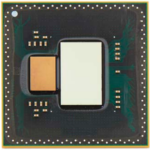
At the heart of the ADP7000 Digitizer Modules are state of the art high-speed real-time 10-bit analog to digital converter (ADC) ASICs supplied by Keysight Technologies, which provide high speed waveform capture with 4x more vertical resolution and better SNR than 8-bit ADC-s.
A low-noise front-end amplifier/attenuator is connected to each input channel, which enables user selectable wide operational vertical input range.
Combined with the DP7000 digital processor with four Intel Arria 10 processing FPGAs with combined 13,504 multipliers and 6 TeraFlops of IEEE754-compliant floating-point DSP cores.
The patented2 Guzik digital frequency response equalization further improves the signal fidelity and effective number of bits.
At the maximum sampling rate of 32 Gsa/s (31.25 psec per point), the ADP7000 can capture up to 1.5 seconds of a real-time waveform into its ultra-long acquisition memory per channel in two channel mode.
Processing Overview and Capabilities
ADP7000 provides various options for signal processing: FPGA, GPU, and CPU-based processing.
FPGA-based Processing

Inside the ADP7000 are four Intel Altera ArriaTM 10 FPGAs for processing. These core processing elements combined with Guzik’s implementation of customer-specified measurement algorithms provide end users with a truly tailored measurement solution where speed and throughput count.
The FPGA-based processor combined with Guzik’s custom engineering capabilities provides you with the possibility to perform digital signal processing directly in ADP7000 prior to sending waveform data out to computer. Many applications may require only processed results to be sent to the host computer rather than raw waveform data. Guzik can work directly with customers to implement custom processing capabilities drawing from years of experience in waveform analysis. Choice of firmware options includes channel equalization, filtering, multi-segment time-tagged acquisition, Real-Time Digital Down Conversion (DDC), Fast Fourier Transform (FFT), Discrete Fourier Transform (DFT), waveform min/max, Real-Time Waveform Averaging, and parameter calculations among others are all available along with application-specific requests. Guzik can provide custom services after a technical consultation regarding the specific application and required processing.
The combined FPGA processing resources are listed in the table below:
| Processing Block | Number | Notes |
| Logic Cells | 2,640,000 | Logic Elements |
| Block RAM |
8,532 168 |
M20K memory blocks M20K memory (Mb) |
| Multipliers | 13,504 | 18-bit x 19-bit multipliers |
PCI Express Host Computer Control Interface
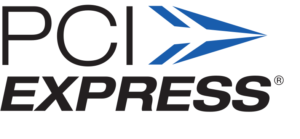
The ADP7000 provides PCI Express Gen 3 x4 interface to the AXIe backplane. The PCI Express bridge card installs into the host computer, and a standard PCI Express x8 cable connects the AXIe chassis to the host computer.
High speed waveform transfer with sustained data rates up to 3.2 GByte/sec is possible from this port back to the host computer with a Gen3 capable AXIe chassis.
GPU-based Processing
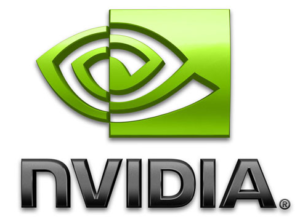 General-purpose computation on graphic hardware allows developers to reuse the computational algorithms available for GPU or develop their own algorithms on CUDA C or OpenCL. NVidia®GeForce GTX 10804 GPU can be shipped as an option with the ADP7000. It is possible to use any NVidia® GPU with computing capability 2.0 or higher, if its power requirements are satisfied by the computer.
General-purpose computation on graphic hardware allows developers to reuse the computational algorithms available for GPU or develop their own algorithms on CUDA C or OpenCL. NVidia®GeForce GTX 10804 GPU can be shipped as an option with the ADP7000. It is possible to use any NVidia® GPU with computing capability 2.0 or higher, if its power requirements are satisfied by the computer.
________________
4 Current configuration. More powerful GPU cards may be shipped in the future
CPU-based Processing
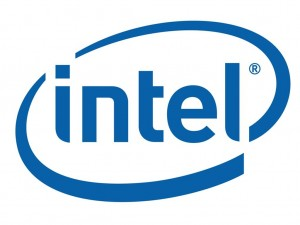 In addition to FPGA-based and GPU-based computation, customers have an option to perform signal processing using a computer CPU. Multi-core processing libraries, such as OpenMP, allow utilizing full power of modern 12-core CPU computers. Once more powerful computers with additional cores are released, you can upgrade your computer keeping your existing ADP7000 Digitizer Module.
In addition to FPGA-based and GPU-based computation, customers have an option to perform signal processing using a computer CPU. Multi-core processing libraries, such as OpenMP, allow utilizing full power of modern 12-core CPU computers. Once more powerful computers with additional cores are released, you can upgrade your computer keeping your existing ADP7000 Digitizer Module.
Ultra-fast GPU-based FFT Measurements5
ADP7000 performs frequency domain analysis using the Fast Fourier Transform (FFT) calculated on a GPU. Single NVIDIA® GTX GPU card performs FFT calculations at a 2.5 Gsa/s processing speed. This means, for example, that collecting data at 10 Gsa/s for 100 µs, processing in 400 µs, the full signal spectrum up to 5 GHz with resolution bandwidth 10 kHz – 500,000 spectral lines would take less than 0.5 ms.

